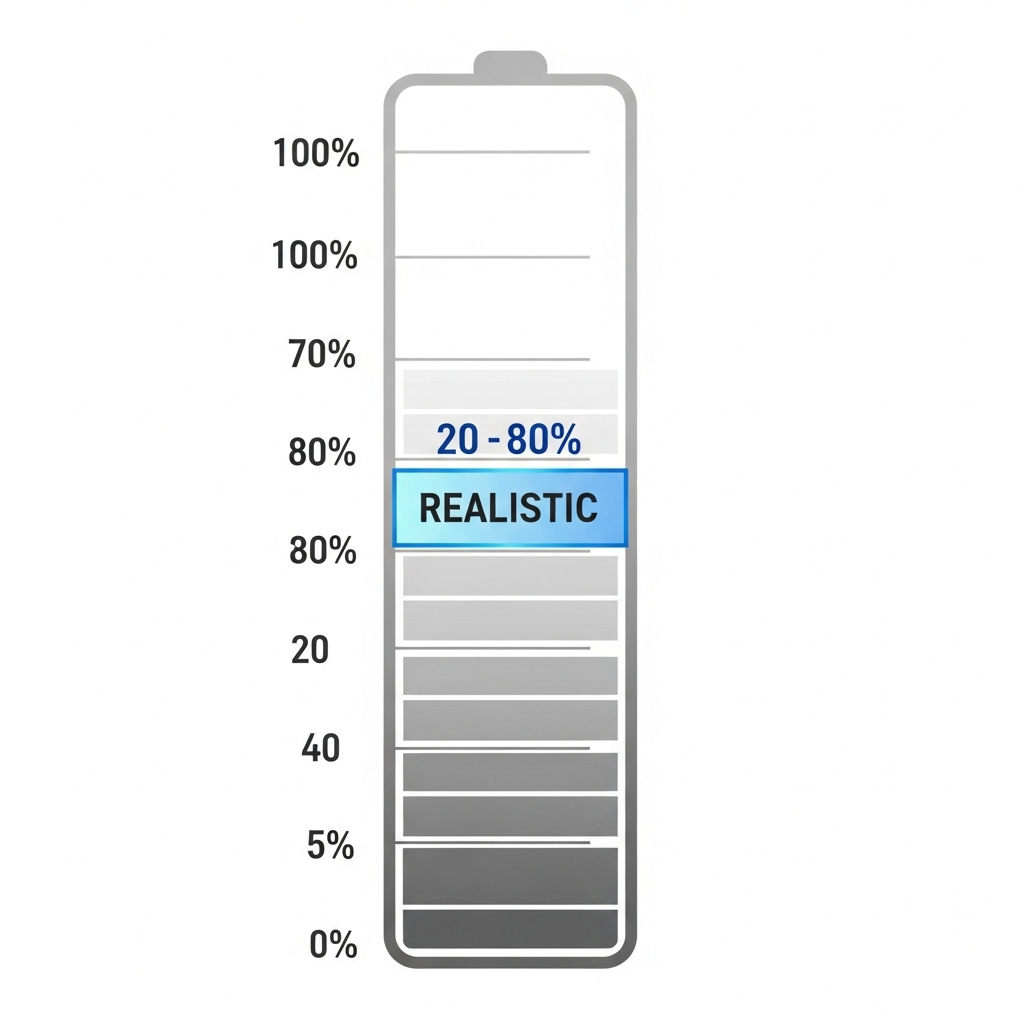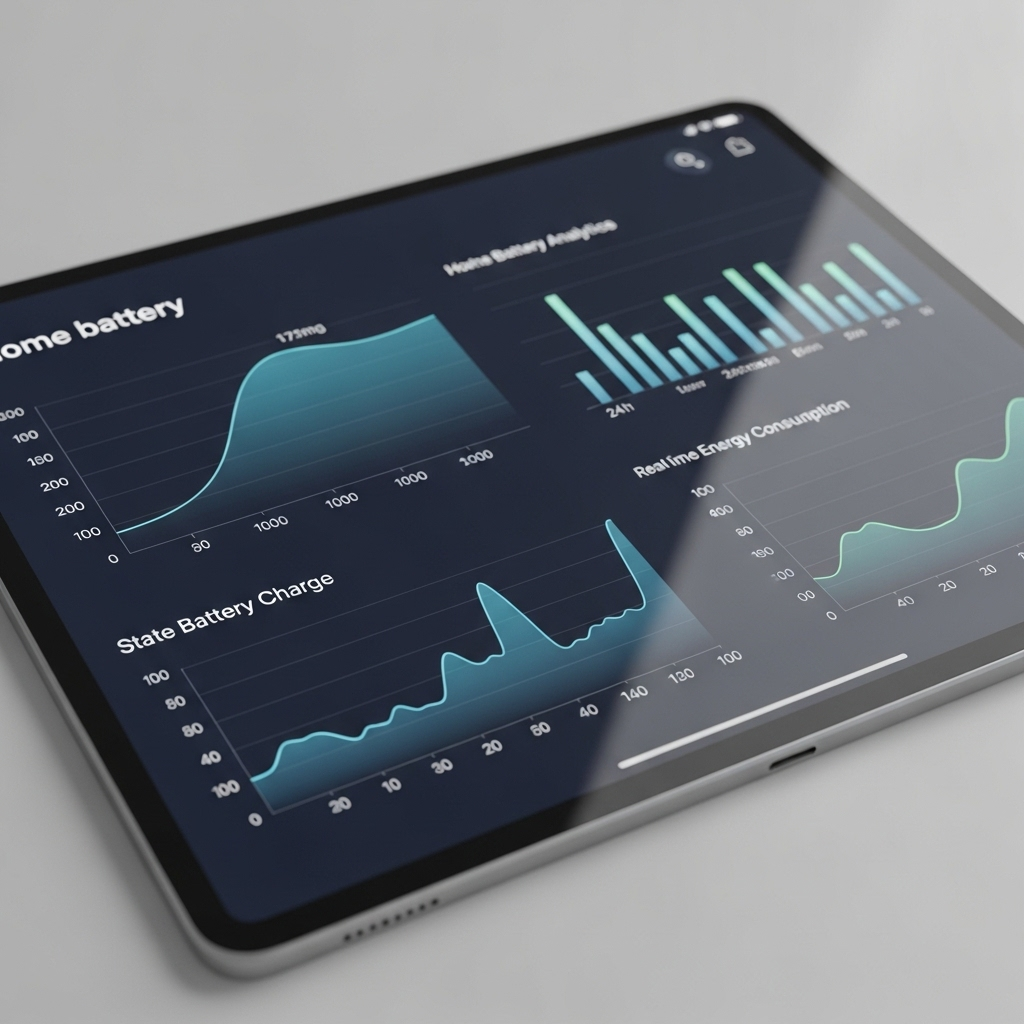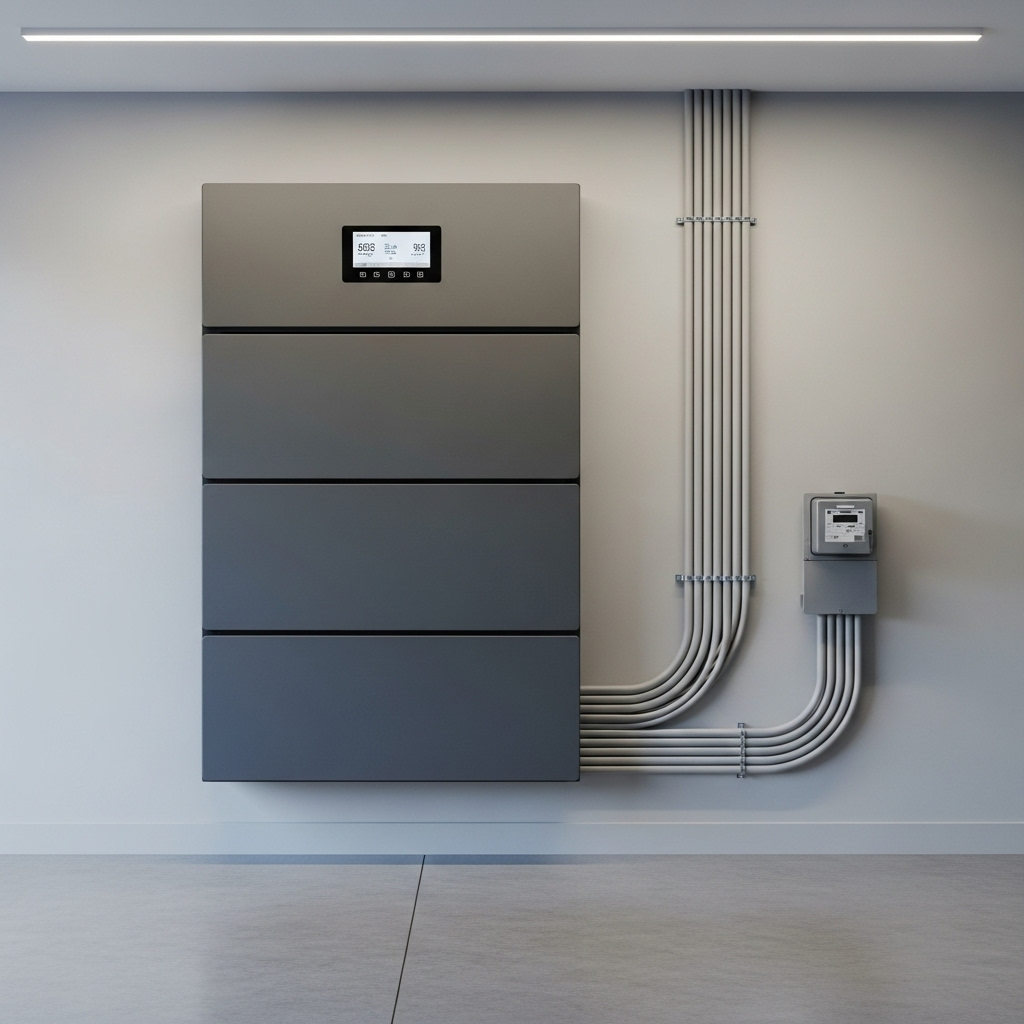Your LiFePO4 battery is the core of your energy storage system, a significant investment in achieving energy independence. While these batteries are known for their impressive durability, you can take simple steps to extend their operational life even further. One of the most effective methods is managing its State of Charge (SoC) windows. This technique involves setting specific upper and lower charge limits to reduce stress on the battery cells, leading to a substantial increase in its total cycle life.
Understanding State of Charge and Its Impact on Battery Health
Think of State of Charge as the fuel gauge for your battery. It's a percentage that tells you how much energy is currently stored. A 100% SoC means the battery is full, while a 20% SoC means it has 20% of its total capacity remaining. How you manage this range has a direct effect on the battery's long-term health.
Why Extreme Charge Levels Cause Stress
Operating a LiFePO4 battery consistently at the extreme ends of its charge spectrum—fully charged to 100% or fully discharged to 0%—accelerates cell degradation. At very high states of charge, electrochemical side reactions can increase, causing materials to break down faster. At very low states of charge, the risk of over-discharging rises, which can cause irreversible damage. The International Renewable Energy Agency (IRENA) notes in its Innovation Outlook: Smart charging for electric vehicles report that cycling a battery under smoother conditions, including the state of charge used, helps it last longer.
The Relationship Between SoC, DoD, and Cycle Life
Depth of Discharge (DoD) is directly related to your SoC window. If you charge your battery to 90% and discharge it to 20%, you are using a 70% SoC window, which corresponds to a 70% DoD. A smaller DoD means less strain per cycle. By avoiding deep discharges, you can dramatically increase the number of cycles your battery can provide. Instead of one deep cycle, you can perform multiple shallow cycles with far less wear.
| Depth of Discharge (DoD) | Estimated LiFePO4 Cycle Life |
|---|---|
| 100% | 3,000+ |
| 80% | 5,000+ |
| 50% | 8,000+ |
| 30% | 12,000+ |
Note: These are typical estimates. Actual cycle life can vary based on temperature, C-rate, and specific battery chemistry.
Defining Optimal SoC Windows for Your LiFePO4 Battery
There is no single SoC window that fits every situation. The ideal setting depends on your primary goal, whether it's daily energy cycling, maintaining a backup power source, or long-term storage. The key is to avoid the extremes whenever possible.
The 'Sweet Spot' for Daily Self-Consumption
For typical day-to-day use in a solar energy system, operating within a 20% to 80% SoC window is a highly effective strategy for battery lifespan optimization. This 60% operating range provides ample energy for most household needs while keeping the battery in a low-stress state. It prevents the strain associated with full charging and the risks of deep discharging, offering a great balance between usable capacity and longevity.
Adjusting Windows for Specific Scenarios
Your charging strategy for LiFePO4 batteries should adapt to your needs:
- Emergency Backup Priority: If your main goal is to have power ready for an outage, you might keep the battery at a higher resting SoC, such as 85% or 90%. This ensures maximum available power when you need it, and since deep cycles are infrequent, the impact on lifespan is minimal.
- Off-Grid Living: In an off-grid scenario where you rely entirely on your battery, you may need a wider window, perhaps 15% to 95%. While this is a deeper DoD, it's a necessary trade-off for maximizing your available energy. Even in this case, avoiding the final 5% at the top and bottom helps.
- Long-Term Storage: If you need to store the battery for an extended period, the ideal SoC is around 50-60%. This level minimizes parasitic reactions and self-discharge, preserving the battery's health until it's needed again.
Practical Steps to Implement and Manage SoC Windows
Setting SoC windows is usually done through the configuration menu of your solar inverter or charge controller. These devices manage the flow of energy to and from your battery and allow you to define its operating parameters.
Configuring Your Inverter or Charge Controller
In your inverter's settings, look for a menu related to the battery. You will typically find parameters for 'Maximum Charge SoC' and 'Minimum Discharge SoC' or 'Low-Voltage Disconnect'. These are the primary settings you will adjust. By setting the maximum charge to 85% and the minimum to 20%, for example, you instruct the system to stop charging when it hits 85% and to switch to another power source (like the grid or a generator) when it drops to 20%.
The Importance of Occasional Full Cycles
While operating in a partial state of charge is best for daily use, it is beneficial to perform a full 100% charge cycle periodically—perhaps once a month. This process allows the Battery Management System (BMS) to perform cell balancing. Cell balancing ensures all individual cells within the battery pack are at an equal voltage, which is crucial for overall pack health, accurate SoC readings, and optimal performance. As noted in the Electricity Storage Valuation Framework by IRENA, parameters like DoD and operational life are critical metrics for evaluating storage technologies.
Data-Driven Optimization for Better Performance
Modern energy storage systems provide a wealth of data. Use your system's monitoring app or portal to observe your daily energy consumption patterns. This data helps you fine-tune your SoC windows. If you consistently end the day with 40% charge, you might be able to narrow your window further. Understanding key performance metrics is vital. For a detailed analysis of factors like C-Rate and their effect on performance, the ultimate reference on solar storage performance provides valuable data and benchmarks.
A Strategic Approach to a Lasting Investment
Effectively managing your LiFePO4 battery's SoC windows is a powerful strategy for protecting your investment. It moves beyond the default settings to actively preserve the battery's health and extend its useful life by thousands of cycles. By making small, informed adjustments to your charging and discharging limits, you ensure your energy storage system delivers reliable, long-term value and brings you closer to sustainable energy independence. As the International Energy Agency points out in The Power of Transformation, energy storage is a key flexibility option, and maximizing its lifetime is essential for widespread deployment.
Disclaimer: The information provided is for educational purposes only and does not constitute professional financial or electrical advice. Always consult with a qualified professional before making changes to your energy system's configuration.
Frequently Asked Questions
Is it bad to charge my LiFePO4 battery to 100% all the time?
Consistently charging to 100% is not ideal for maximizing cycle life. While the BMS protects against overcharging, holding the battery at a full charge, especially in high temperatures, increases stress on the cells. It is better to charge to 80-90% for daily use and only charge to 100% periodically for cell balancing.
What is the difference between State of Charge (SoC) and Depth of Discharge (DoD)?
SoC indicates the current charge level of the battery (e.g., 70% full). DoD indicates how much of the battery's capacity has been used (e.g., 30% has been discharged). They are inversely related. A cycle from 100% down to 30% is a 70% DoD.
How often should I perform a full charge cycle for balancing?
For most residential systems, performing a full 100% charge cycle once every 4 to 6 weeks is a good practice. This gives the BMS sufficient time to balance the internal cells, ensuring the battery pack remains healthy and the SoC readings are accurate.
Will setting a narrow SoC window void my battery's warranty?
Generally, no. Most battery warranties are based on cycle count, throughput (total energy discharged), or years of service, whichever comes first. Operating within a narrower SoC window is a recommended practice for extending battery life and is highly unlikely to affect your warranty. However, always review your specific manufacturer's warranty documentation.





Leave a comment
All comments are moderated before being published.
This site is protected by hCaptcha and the hCaptcha Privacy Policy and Terms of Service apply.